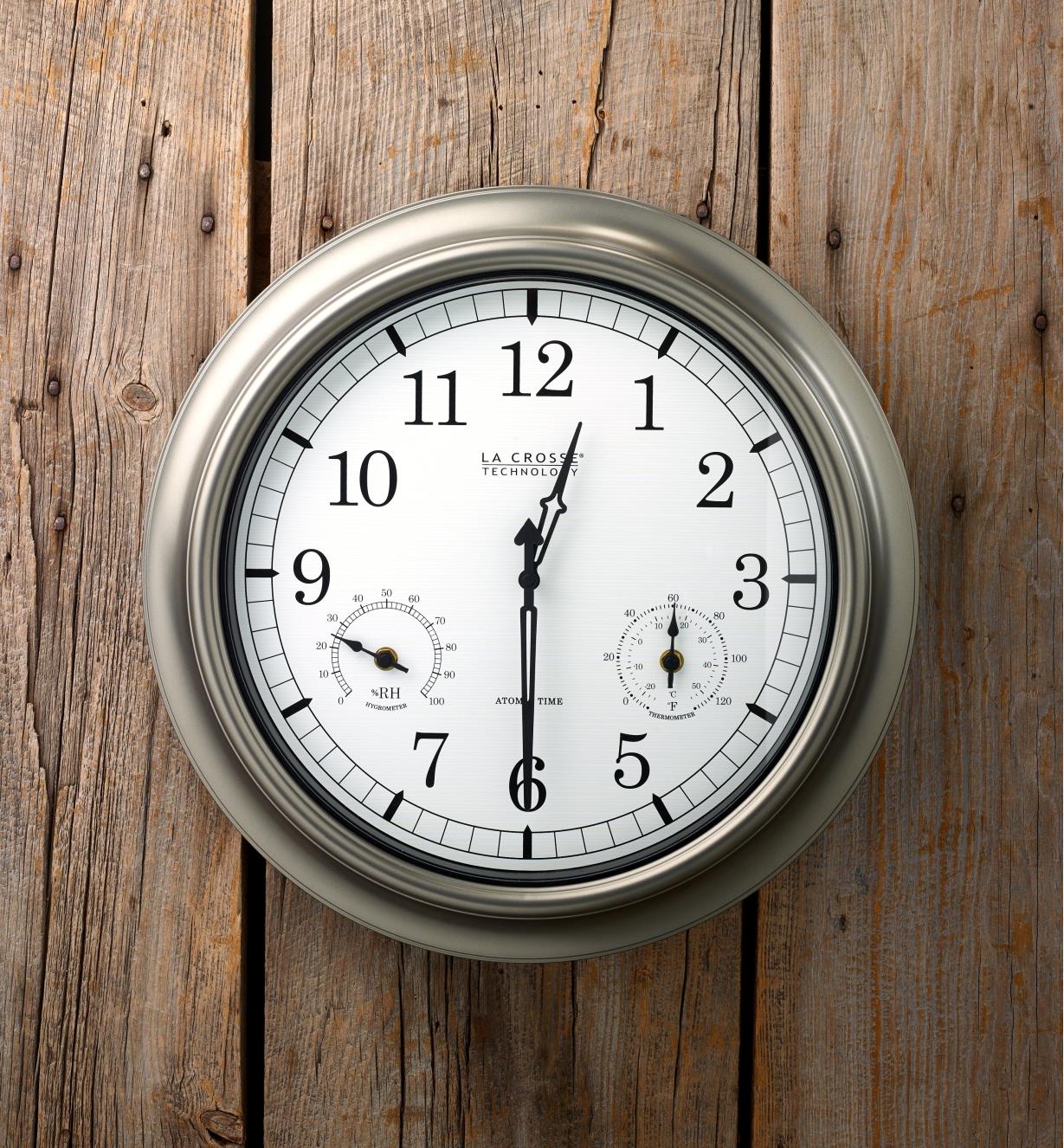
Syncing two atomic clocks is difficult because even just measuring them can alter them and introduce errors. However, these approaches require comparisons between different clocks, and the precision of these measurements, for independent devices, will be dependent on the standard quantum limit. These optical clocks are so precise that they allow for testing small changes of gravity, both to test theories such as relativity as well as to study what’s actually below our feet. Especially when multiple clocks are needed. So precise, that they may soon be used to redefine the second. They are 100 times more precise than the traditional cesium atomic clock. Atomic clocks are therefore shielded at great expense, and special pairs of electrical configurations are selected that are as insensitive as possible to external interference.Optical atomic clocks have recently been employed to make impressive strides in precision timekeeping. External influences, such as electromagnetic fields, can influence the energy levels of the states and thus also the transition frequency.

The atoms thus constantly “watch” over the frequency of the light source, which in turn can be counted and used to measure the duration of an event.


In an atomic clock, this process is repeated repeatedly. If the frequency of the light is just right (the energy of its photons is exactly equal to the energy difference between two states) the atom absorbs a photon and changes into an excited state.

different mechanical clocks which each deploy a slightly different pendulum (due to inaccuracies in the manufacturing process). Different atomic clocks using the same element thus use the same ‘pendulum’, unlike e.g. Caesium and Rubidium) have the same electron configuration. They take advantage of the fact that all atoms of a particular element (e.g. Atomic clocks use atoms, more precisely the electronic transition from one state to another as their ‘pendulum’. in a mechanical clock, a pendulum might swing once every second and by counting the number of swings, one knows how many seconds have passed. A clock is simply an apparatus that counts a repetitive event, e.g.


 0 kommentar(er)
0 kommentar(er)
